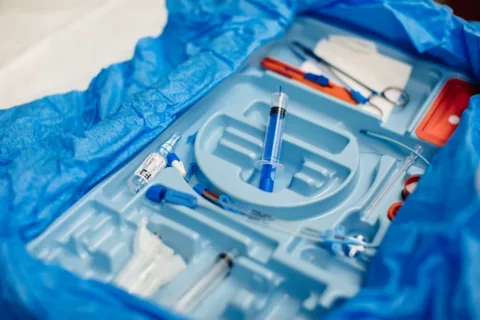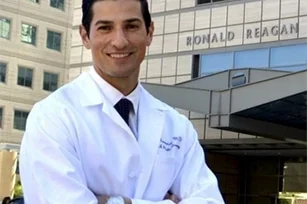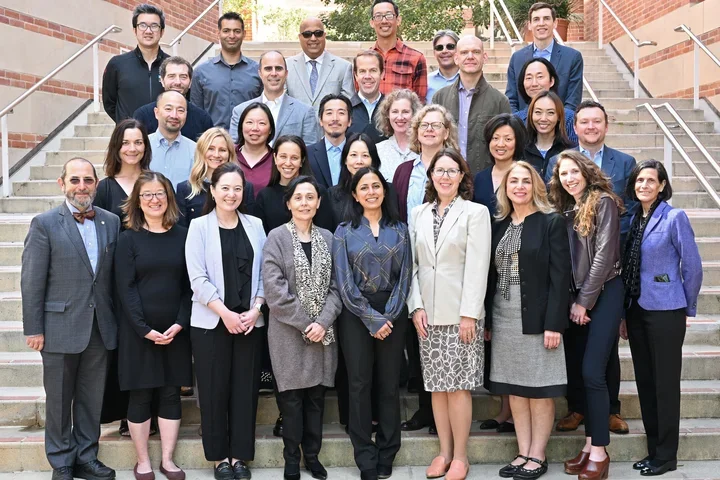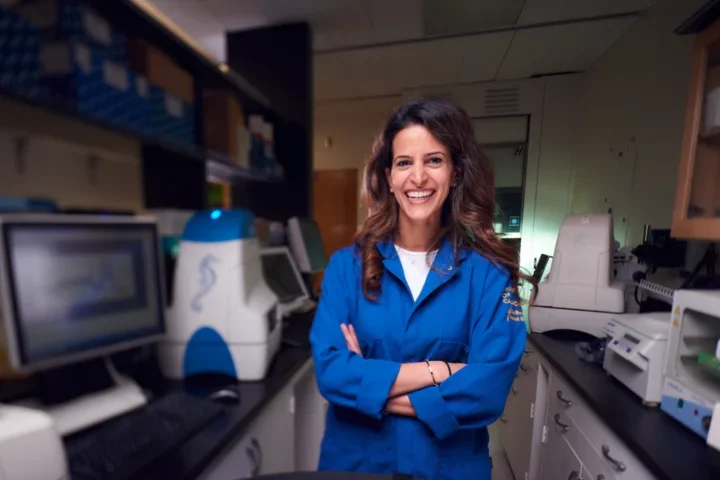How to Become a Plastic Surgeon
Applying Precision Artistry

A Day in the Life of Dr. Jason Roostaeian, Plastic Surgeon and Assistant Clinical Professor at UCLA
The life of a plastic surgeon is never dull. Each patient's case is unique, requiring a precise attention to detail to complement the technical ability of this practice. Jason Roostaeian, MD, a plastic surgeon and assistant clinical professor in the David Geffen School of Medicine at UCLA, arrived at this specialty via an uncommon path — he studied economics and played music as an undergrad. But he's enjoyed bringing hope to patients who often need it most in this rewarding specialty.
Finding a Specialty
At the beginning of medical school, all Dr. Roostaeian knew was that he wanted to be a surgeon, which would allowed him to work with his hands. Making a decision beyond that, however, was not easy.

"Choosing a specialty is hard," he says. "It takes a lot of soul-searching to figure out what you want out of life. You've got to look beyond what's merely interesting to what you want to do every day."
He was exposed to plastic surgery early into medical school, during an anatomy class. The combination of creative, aesthetic talent and precision that goes into plastic surgery appealed to him. "As a plastic surgeon, you can operate on the entire body," he adds. "It is technical, and the end result is seen by everyone."
(Dermatology and Plastic Surgery - What Is the Difference? Click the link to learn more...)
Pursuing This Path
Plastic surgery is much more than the nose adjustments and breast enhancements that often come to mind. In medical school, Dr. Roostaeian devoted himself to becoming as well-rounded in the plastic surgery field as possible, completing training in the David Geffen School of Medicine's highly competitive General Surgery – Plastic Surgery program. He followed this with specialty training in advanced aesthetic surgery, then a fellowship in microvascular surgery.
A microvascular surgeon sees many people with cancer — primarily of the brain, neck or breast — as well as trauma resulting in a devastating injury. The specialty involves reconstructions that take tissue from one part of the body and apply it to another by connecting the small blood vessels (about 1–2 millimeters in size) under a microscope. Another specialty of plastic surgery is craniofacial surgery, which is often associated with pediatric conditions, namely cleft lip and skull reconstruction for young patients.
During most days in the life of a plastic surgeon, the work cycles between the clinic and the operating room. For Dr. Roostaeian, operation days start by meeting the patient at 7:00 am to describe the surgery and map out the procedure. Surgery can begin as soon as 7:30 am and last most of the day. Microvascular surgery often lasts six to 12 hours depending on its complexity. Work in the clinic, however, involves consultations to discuss patients' needs, interests, aesthetic goals and a mutual plan to achieve them.
"Within plastic surgery, there's a lot of artistry and design involved," he says. "You have to have foresight into what you're creating. That's one of the most fun parts about it and a big part of why I love what I do."
Making an Impact
One of the most gratifying aspects of being a plastic surgeon is that you are often the bearer of the hope and good news patients want.
"I see a lot of people with cancer," he says. "This is a population with a great need. When many other specialties have to deliver bad news, I am able to talk about what we [can effectively] give back to them."
For medical school students trying to find their own path, Dr. Roostaeian recommends going into every opportunity with an open mind: "With each rotation, it's your last chance to learn about that field if you choose not to pursue it," he says. "Rotations are your opportunity to understand what other specialists do, which makes you a more well-rounded doctor."



